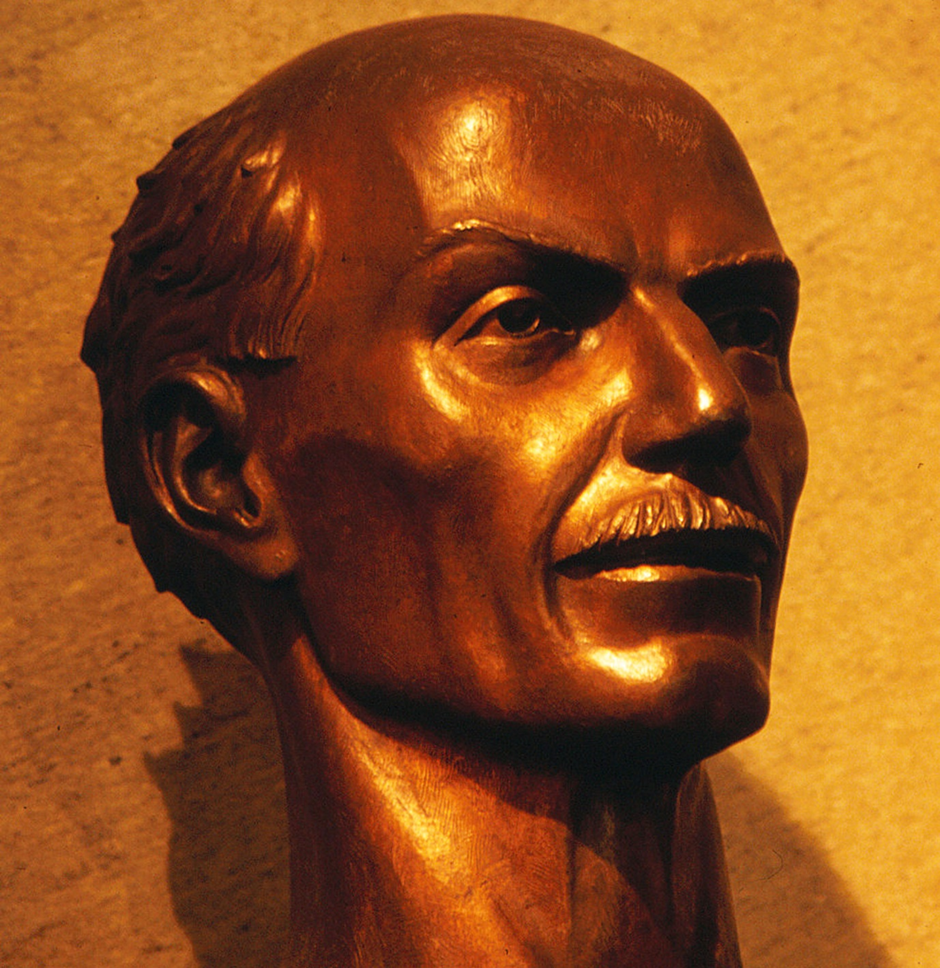
I am sure that when most readers see the word “Museum” they shudder and move on but: wait a minute, times have changed and with modern communications, the whole concept of museums and how they should serve the public has changed enormously.
This is why the Italian National Motor Museum in Turin is justly proud of the fact that it is one of just 50 museums, of all types and persuasions, nominated by the London Times as one of the finest in the world.
I am very fond of the Turin museum and as my knowledge of it goes back to when it was being built in 1960 I have always had a great deal of affection for it.
Back then the museum became one of a clutch of architecturally fascinating buildings created for Expo ’81 an International Labor exhibition but was also celebrating the centennial of the unity of the Italian states that created modern Italy.
The centre of all the events was the “Labour Palace” a remarkable design by the architect Luigi Nervi and paid for by Fiat. Another of the buildings featured a series of domed roofs which was used as in the Michael Caine movie “The Italian Job”. Remember the chase sequence featuring the Minis being followed up and over these domes by a police Alfa Romeo? Then there was the new Motor Museum designed by Cino Zucchi.
The museum was an extension of a collection of cars owned by Roberto Biscaretti di Ruffia who was a founder of Fiat alongside Senator Agnelli and Cesare Goria Gatti.
It was Roberto’s son, Carlo Biscaretti di Ruffia, who was the driving force and had collected a large number of important cars from around the World to create the collection that today we see on show.
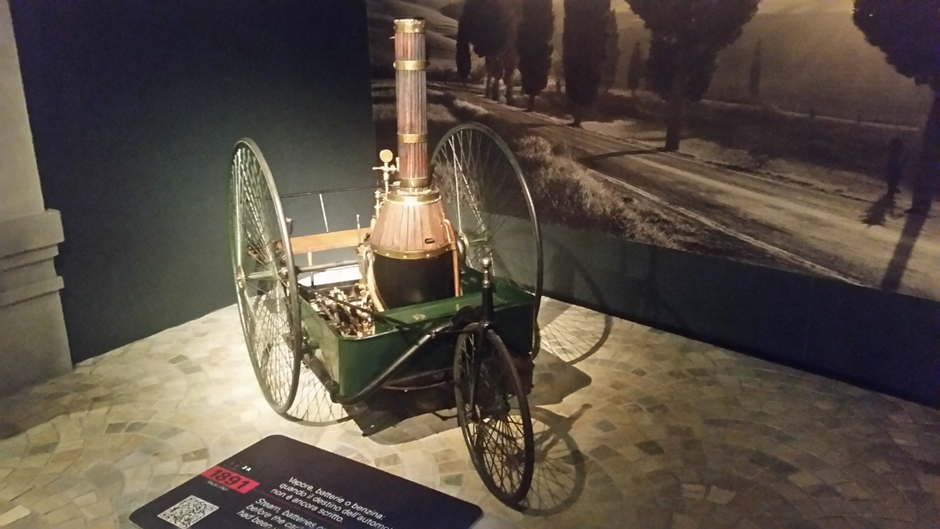
It opened originally in 1960 and was named the National Automobile Museum but most of us back then always referred to it as the “Biscaretti” after its founder.
I tell you this because, despite its spectacular architecture, the Biscaretti fell into line with most collections and museums of the time. Take the floor measurements, line all the cars up side by side, put little white cards in front of them and that was virtually it. What made the Biscaretti popular was the sheer breadth of the cars and in particular the racing cars which featured a lot of one-offs.
It was very static. If you wanted to photograph a specific car bits and pieces of all the cars around it crept into the picture. To show cars you need space.
During an earth tremor in the 1980s a vertical crack appeared above the entrance but this was repaired but it became clear that a rethink should take place and as a result the museum was closed for a number of years and reopened in 2011 in its present form.
The emphasis was on utilising the extra space and Francois Confino, who was responsible for this, not only changed the entire look of the museum but used every development in touch screen and themed areas that resulted in, not just a car museum, but an emotional roller coaster ride through the development of powered travel.
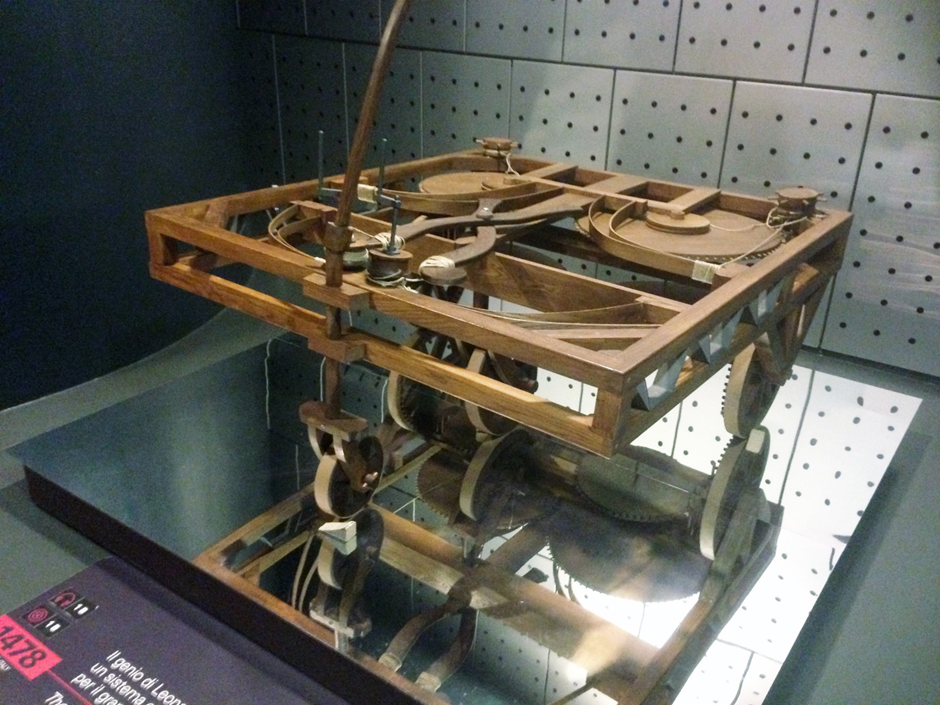
For me, many things stand out.
Confino went back to basics. Perhaps you have heard of Michaelangelo’s drawing of a spring-driven engine.
Well, here is a full-size model of that engine and you can see the inventiveness involved using metal and wood. Nearby is an entire wall of models of other ideas from inventors you may never have heard of so that you can see what these designers were driving at, even though the technologies of their day struggled to make work.
Car Design, another important element, and here again, the presentation is unique, stimulating and fascinating.
For example have you ever wondered about the car designers around the world and the studios in which they worked? Here, by utilising a couple of large empty walls, Confino has used horizontal lines each one representing design studios such as General Motors, Pininfarina, Vignale etc and placed the names of the key designers through the years.
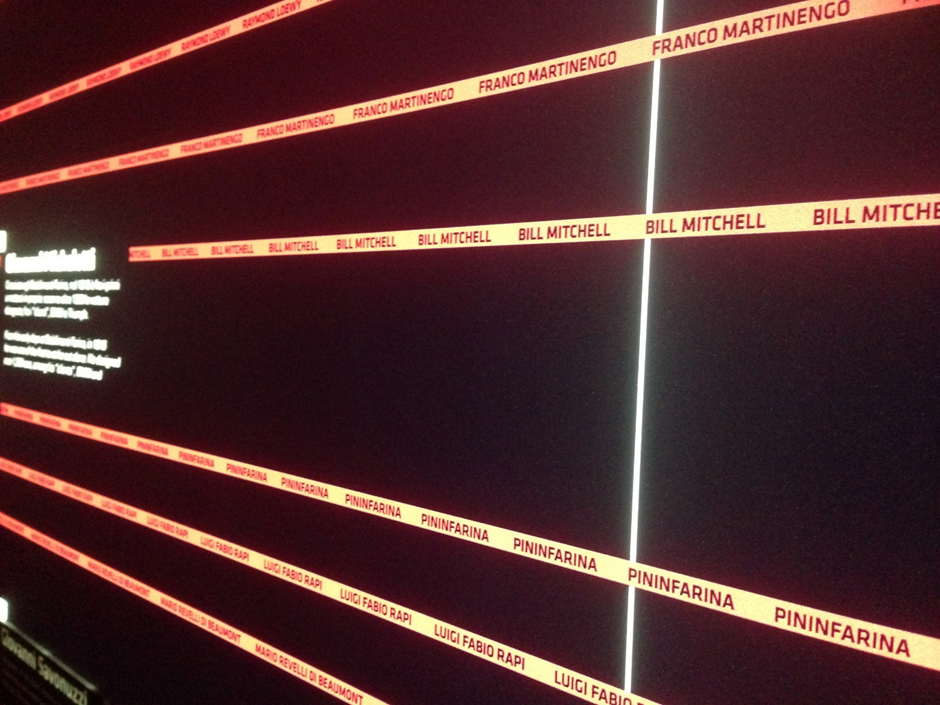
Note those “lifelines” of key designers including General Motors showing Bill Mitchell but stretching over two walls brings the designer lists up to date, Facing this is a moving description of the various key car model shapes showing how car aerodynamics have changed and the names used to describe them.
This is what I call the hidden museum. This is the stuff one perhaps would feel was of no interest but this is the modern way in which to describe such complex areas of human development as the automobile and transport in particular. It describes it well and makes the experience more human and memorable.
You can see a lineup of cars by stepping out of your front door and anyone who goes to this museum just to look at cars is missing out and will never understand why we have the cars we have today and how they evolved.
At the time I visited there was a special exhibiti0n on the work of Marcello Gandini which blends in with another unique aspect of the museum. In one of the main areas, the entire floor has an entire photographic plan of Turin with markers showing where every motor manufacturer, coachbuilder and designer created their work. It is only then you realise just how many companies Turin has hosted in the history of motoring.
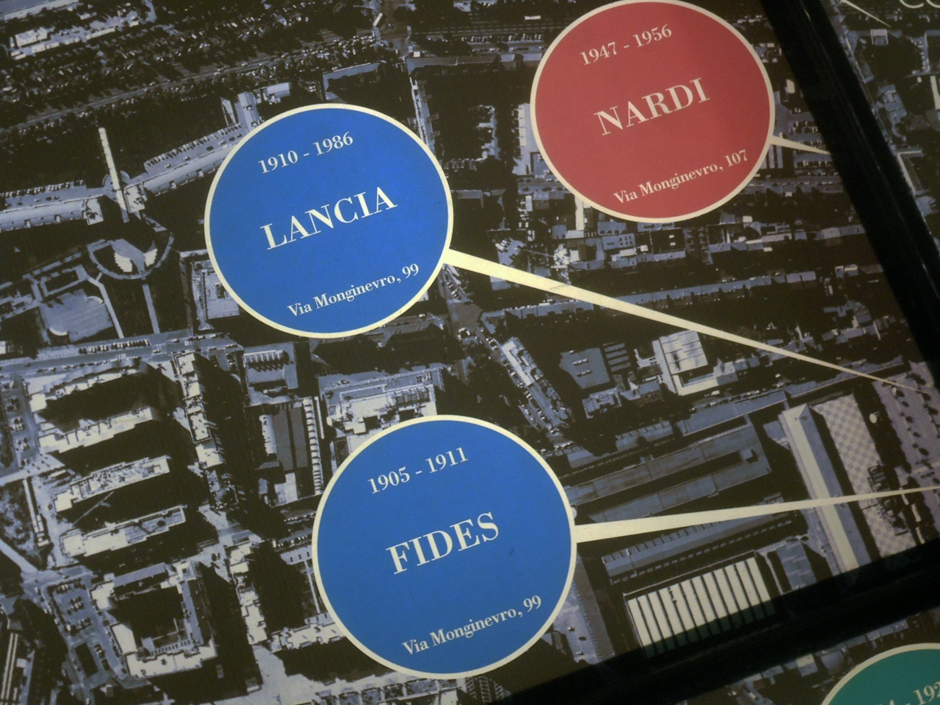
Here, for example, is the street, Via Monginevro where No 99 was the home of the short-lived Fides car that folded in 1911. Note that when Gianni Lancia bought the Fides company he expanded the factory but kept the same address. Then a few metres further, at number 107 Enrico Nardi opened for business in 1947.
In 2018 the Museum announced a new Director in Mariella Mengozzi who is young and has the kind of infectious enthusiasm that any Museum needs. She has had plenty of experience as she was head of the Ferrari museum in Maranello for a number of years and was responsible for expanding its appeal and approach to displaying cars and racing cars.
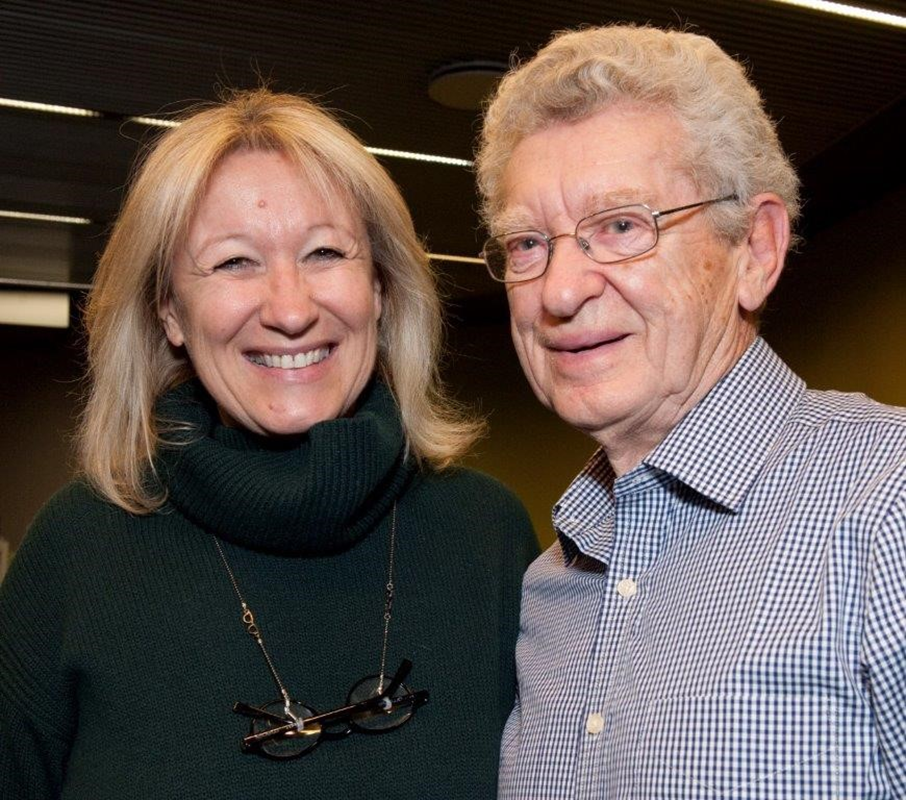
Clearly, she has big plans for the future and is aiming to expand the influence of the Italian Motor Museum, now shortened to MAUTO, by joining forces with other motor museums in joint ventures.
A new dawn is breaking in the whole concept of museums around the World and MAUTO is one of the most modern, leading the challenge of the future.
As I was fairly well occupied at the Museum I did not have time to pay a proper visit but two of a group of cars lined up in the foyer caught my eye.
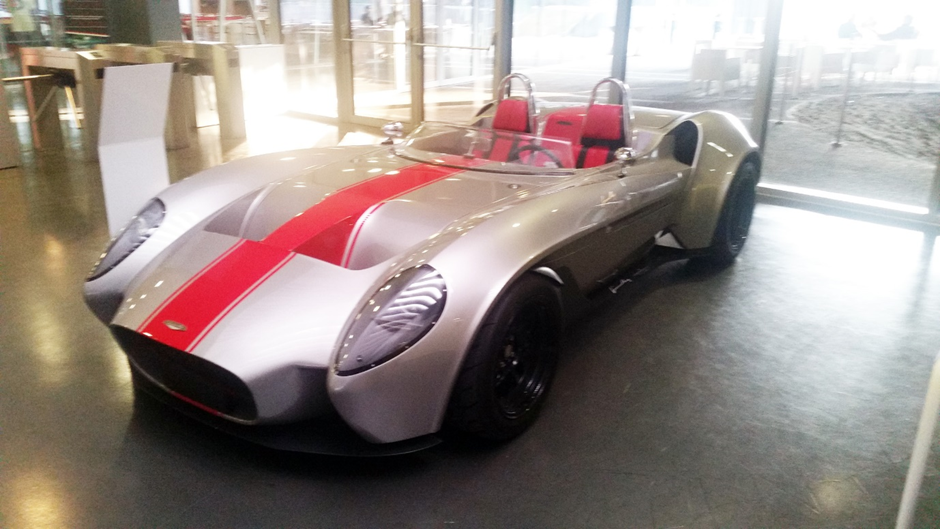
From a few yards away I thought I saw an upmarket version of what looked like a 1958 pontoon fendered Ferrari Testa Rossa but up close it was nothing of the sort it was a Jannarelly built in the United Arab Emirates. Hardly a place known for having a car industry but Anthony Jannarelly is a talented designer who wanted to use modern manufacturing and materials to build a car that had the look and feel of the 1960s but the build quality of a present-day car.
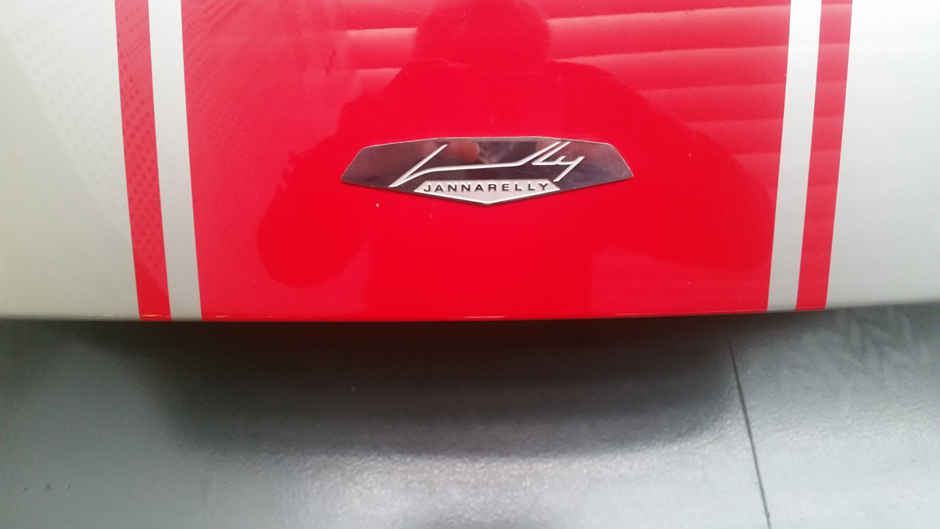
Jannarelly was also the designer of the desert style off-road sand racer, the Zarooq, that looks like a coupe beach buggy on steroids.
However, he has put his name to the Jannarelly which is going into production using a 3.5 litre Nissan V6 engine producing 325 bhp but with its compact design and lightweight looks like being an interesting fun car for people who like lightweight cars with big performance. A sales price of $55,000 has been put on it and at that price and it could be quite a hit to younger enthusiasts who want something different rather than another Ferrari.
The other car was the Dallara Stradale a move by Gianpaolo Dallara into the road car market to demonstrate the skills of his company which today is the largest manufacturer of racing cars in the World. At their factory in Varano near Parma in Italy, they built the chassis for Indycar, GP3, GP2 and many other niche racing series
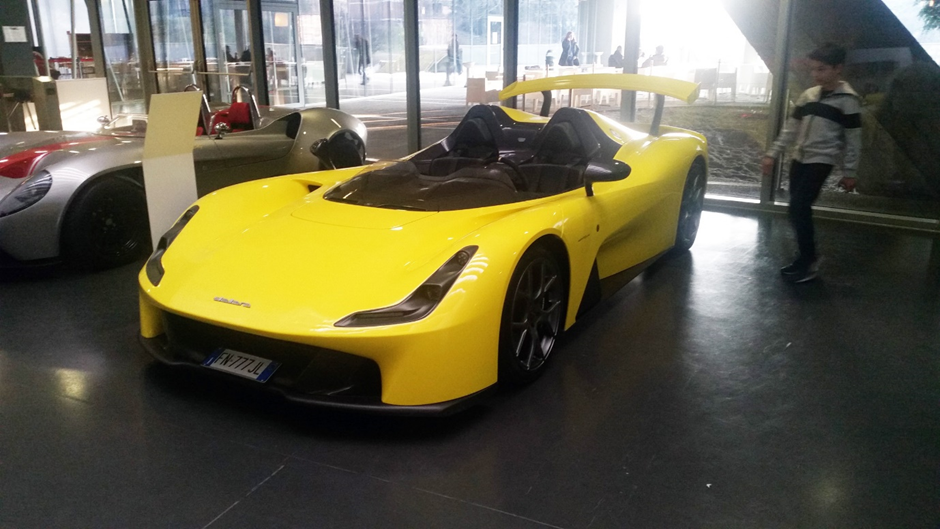
Just as Colin Chapman decided to use his racing design skills to produce the original Lotus 6 and later the Lotus Elite so Dallara delivered his first Stradale just as the Covid crisis started two years ago His idea was the same as Chapman’s; use racing successes to sell and offer a race car for the road.
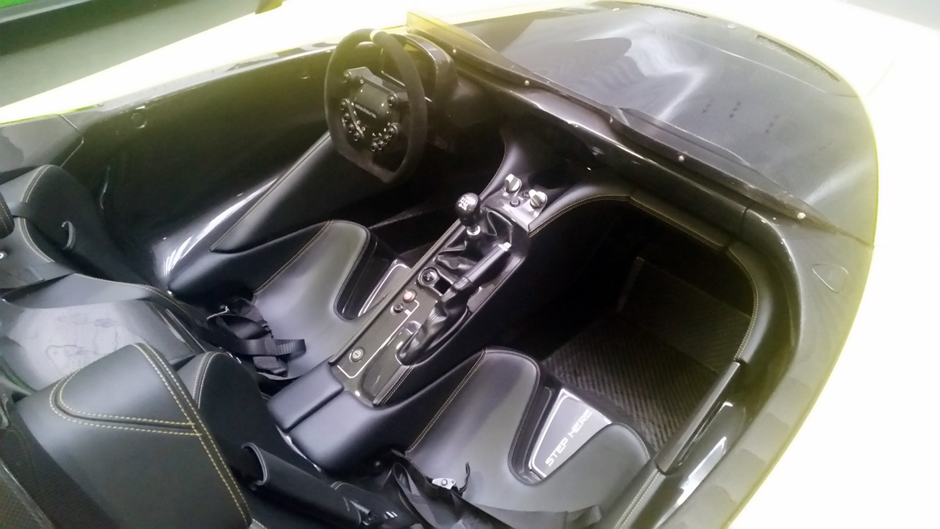
This chunky roadster comes with no doors so you step over the sill to get in and it can be used for racing as well as road use. The interior of the cockpit is shaped and moulded in carbon fibre with the short gear stick mounted at elbow height and full harness seat belts. Where it excels is in the hidden values of aerodynamics and handling. Dallara test drivers used the company’s simulator to fine-tune the car. The car uses a 2.3 litre supercharged four cylinder engine giving out 400 bhp and it was developed directly in association with Bosch in Germany.
Both these cars underline the potential for niche marketing and production has now started in earnest for the Dallara: only time will tell if will lead Dallara into other areas of the automobile market
